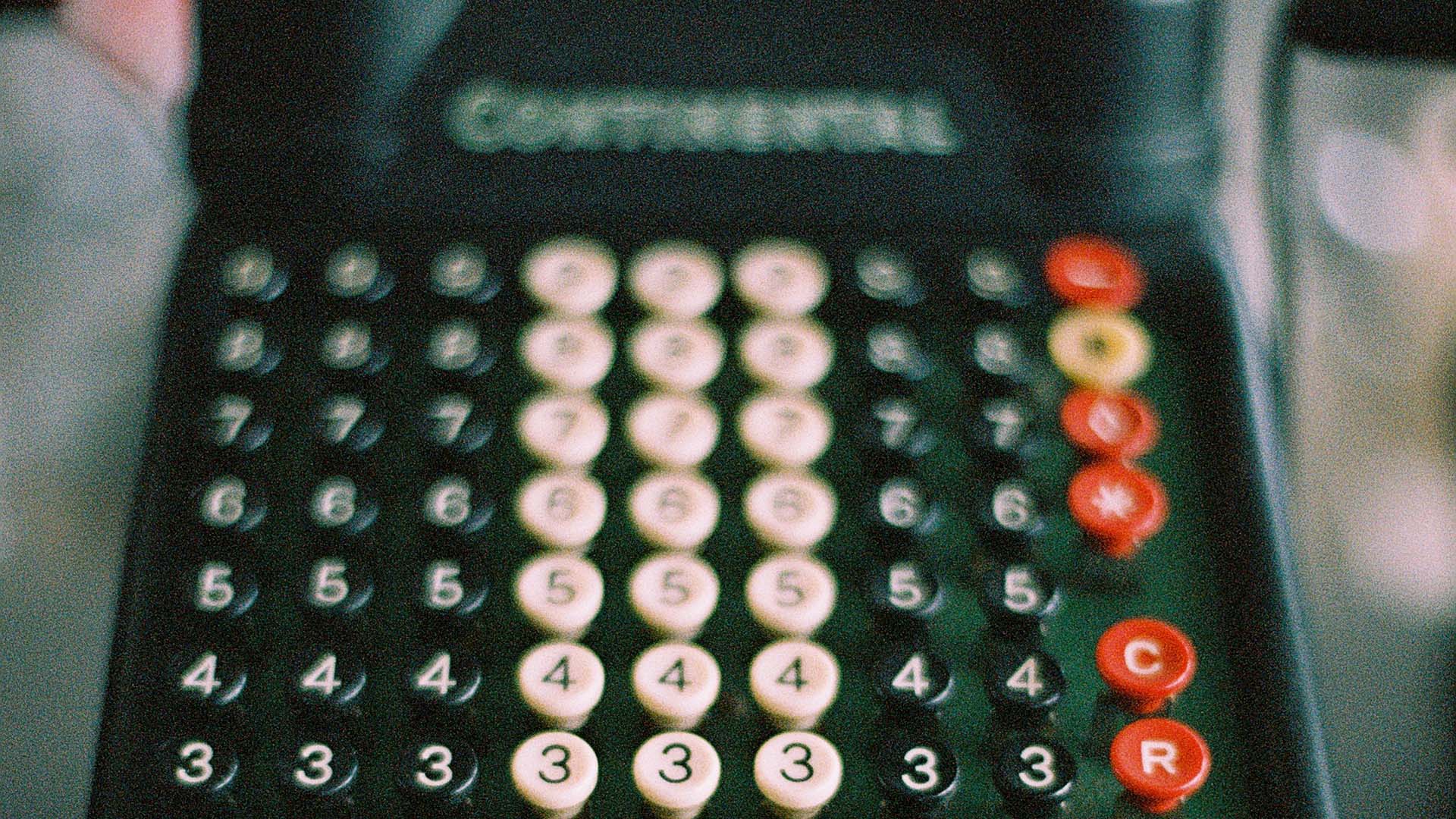Home »
This Email Statistical Significance Calculator is your essential tool for evaluating the statistical confidence of your email marketing campaigns. Whether you’re running A/B tests on subject lines, click-through rates, or conversion-focused designs, understanding the significance of your results is crucial to optimising your email marketing strategy. This calculator empowers email marketers to make data-driven decisions by verifying the reliability of test outcomes, ensuring that changes made to campaigns lead to tangible improvements.
Testing can reveal valuable insights into what resonates with your audience, but without statistical significance, even well-executed tests can be misleading. Using our calculator, you can calculate the confidence level of your A/B tests to validate your findings and ensure they’re not just due to chance. From assessing open rates to comparing different content formats, this tool helps you understand the true performance of your marketing efforts.
For a deeper dive into how testing can transform your email strategy, read more about objective-led email testing. Additionally, explore common pitfalls that can derail A/B and multivariate email testing to set your campaigns up for success.
With our email Statistical Significance Calculator, you’re equipped to gain reliable insights, adjust strategies based on solid evidence, and drive growth with precision. Try it now to refine your approach to email marketing, ensuring that every campaign you run delivers impactful results.
Results check for statistical significance
To check your A/B split test results are valid just enter the metrics into this calculator.
For example, if both test cells used a sample size of 5000 customers and the click rate on email A was 6.7% and B 8.9%, then entering those values shows the uplift has a statistical significance of 99% with an uplift of 33%. In this case, the sample size added to the calculator would be 5000.
You can enter open rate, click rate, open to click or conversion rate – in fact, enter whatever rate you’ve decided as the best metric to evaluate success.
Calculate
There is no statistical difference between your A and B samples. Either test with bigger sample sizes or change what you are testing.
The % uplift has a weak 80% level of statistical significance. Consider whether you want to believe there is a real difference or retest.
Looks promising, your uplift of % has a statistical significance of 90%.
Good work, your uplift is % with a good statistical significance of 95%.
Congratulations, your uplift is % and you can be confident, as the statistical significance achieved is 99%

